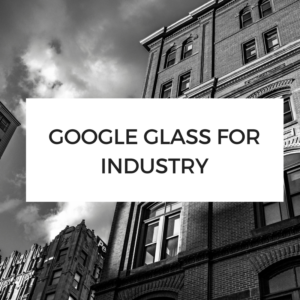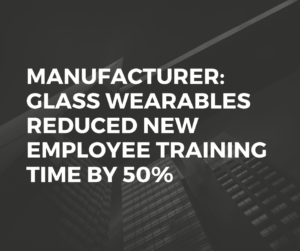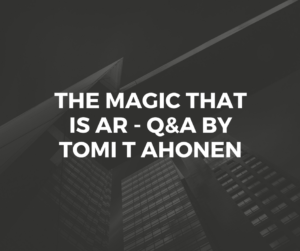Vuzix Teams and Ubimax Smart Glasses Manufacturing Solution

Vuzix Corporation, supplier of Smart Glasses, AR, and VR technologies for consumers and enterprises, has announced a partnership with Ubimax to offer a hands-free smart glasses solution using the Vuzix M300 to WS Kunststoff-Service.
The aim of this team-up is to curtail employee training, improve processes, and reduce errors. One motivator is cited as rising competition from low-wage countries, as was experienced at WS Kinstaff-Service.
The Vuzix M300 uses a graphical user interface and communication via external sensors, scales, etc. to provide a step-by-step guide for the worker. Wassim Saeidi, CEO at WS Kunststoff-Service, is quoted to have said that the technology provides a long term advantage over competition, as their employees benefit from this type of hands-free workstyle, and customers appreciate improved products.
The solution provided by Vuzix and Ubimax has resulted in a substantial performance improvement in training. Later, WS Kunststoff-Service added Ubimax’s xAssist to allow workers to call shift leaders from their M300 Smart Glasses when issues occur, resulting in reduced costs.
Paul Travers, CEO and founder of Vuzix, is quoted to have said that they are eager to partner with Ubimax and help WS Kunststoff-Service with their manufacturing solution, and that Vuzix are providing hundreds of customers with their technology.








